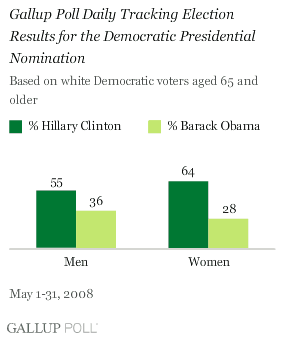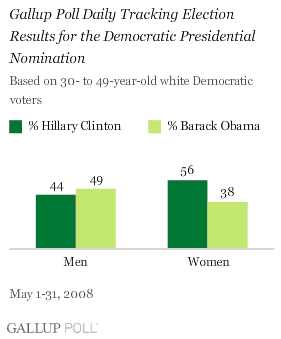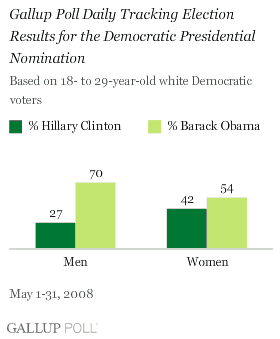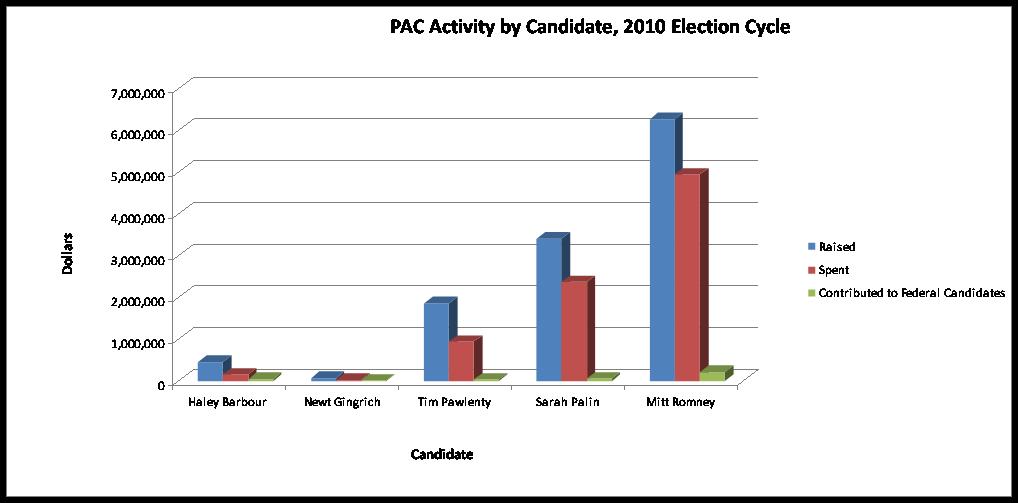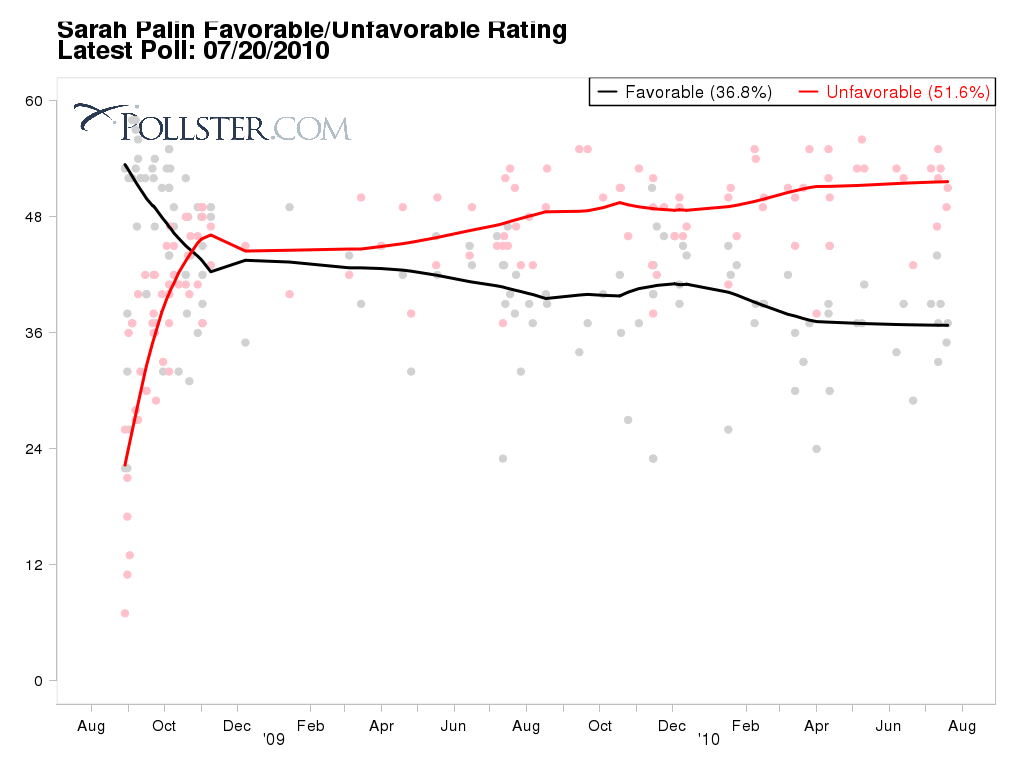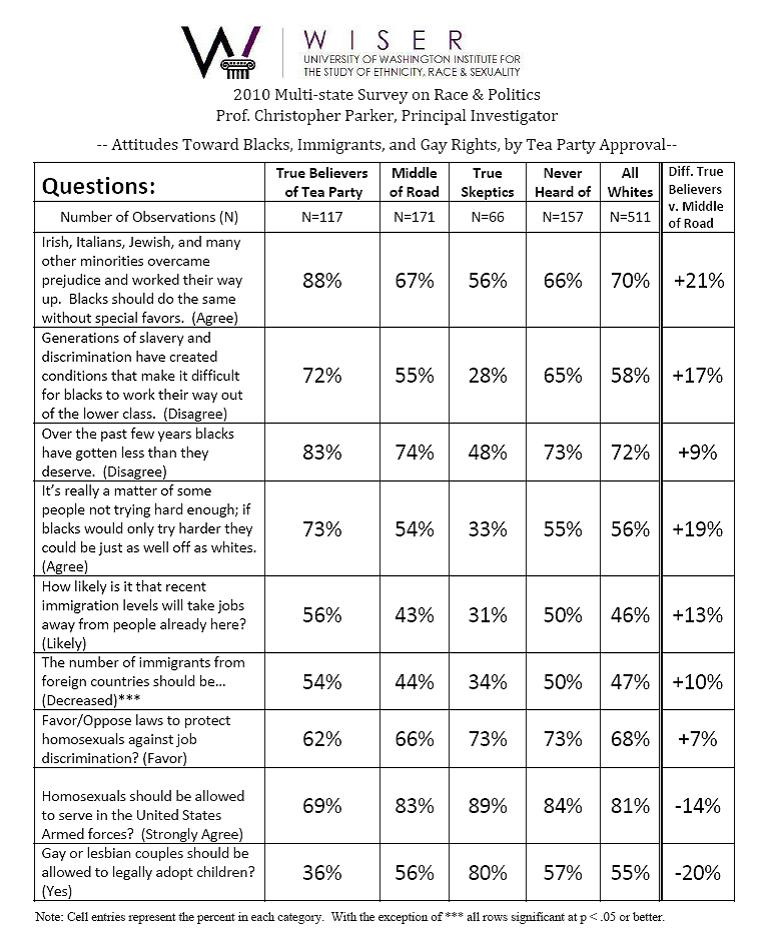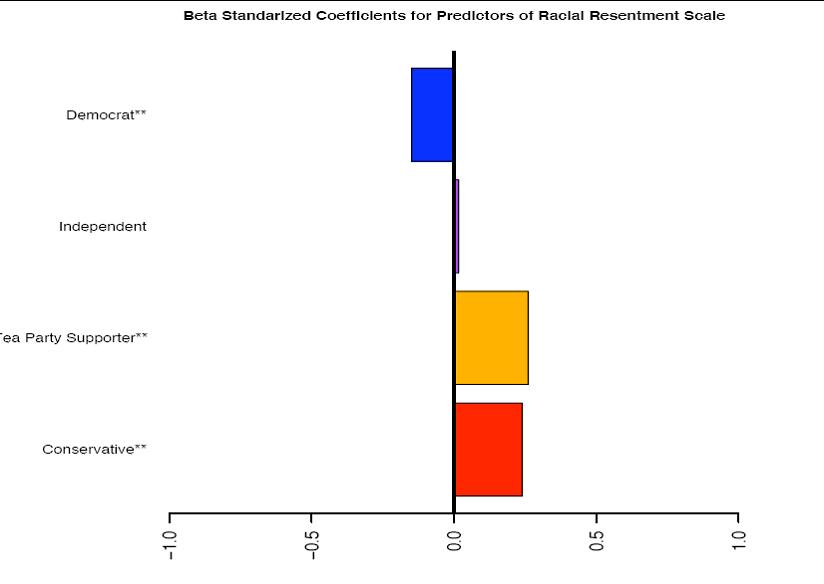“It wasn’t fully clear at the time, but the political ground was shifting under Rick Perry’s feet from virtually the moment he arrived here in Orlando for the Republican presidential debate and Florida GOP straw poll.” That was conservative columnist Byron York’s dramatic pronouncement in the aftermath of Saturday’s straw poll in Florida, .which saw Perry soundly drubbed by pizza magnate Herman Cain. The final results were Cain 37.1 percent; Perry 15.4 percent; Romney 14.0 percent; Rick Santorum 10.9 percent; Ron Paul 10.4 percent; Newt Gingrich 8.4 percent; Jon Huntsman 2.3 percent; and Michele Bachmann 1.5 percent.
Meanwhile, in the less highly publicized Michigan straw poll also held yesterday, Mitt Romney trounced Perry and every other Republican, winning 51% of the vote to Perry’s 17%. Coming off Perry’s “disappointing” performance in Thursday’s fourth Republican debate, in which he stood by “controversial” positions on immigration and on vaccinating against the HPV virus, pundits like York are openly questioning whether Perry is on the verge of a complete campaign meltdown. On Fox News today, Britt Hume opined that Perry was “One-half step away from almost total collapse.” Fellow panelist A.B. Stoddard agreed, noting that the Florida results represented a “real slap to Perry and Mitt Romney.”
Really? A half step from total collapse? It was less than a week ago that these same pundits were telling us this was a two-person race between Perry and Romney, and that Cain was among the group of Republican second-tier candidates who had no chance of winning the nomination. Now, on the basis of one debate and second place finishes in two straw polls, Perry’s candidacy is apparently ready to implode, while Cain has new life.
What we are seeing here is the inevitable media overreaction to an event of dubious political significance. Yes, at first glance, Cain’s margin of victory seems impressive – until you realize that less than 3,000 people participated in the Florida straw poll and he received votes from maybe 1,000 of them. Evidently his “stemwinder” speech won over the crowd of Disneyworld-based Republican activists. (It’s a small, small world, after all.) Who are they, and do they represent Florida Republicans more generally? That’s a question the media doesn’t bother to answer.
Instead they trumpet the results as an indication of widespread dissatisfaction with Perry, and with the Republican field in general. Forgive me if I don’t buy the spin to anoint Cain the next Michele Bachmann. (Remember her? The flavor du jour after the Iowa Ames poll, she won less than 2% in yesterday’s Florida event.) Keep in mind that the media spent several months searching for a credible alternative to Romney, in order to create the perception of a real horse race, while simultaneously working to weed out second-tier candidates in order to simplify the story line. First they tried to pump up Bachmann, but she proved just a bit too extreme to be credible, so they were very grateful when Perry stepped in – until he threatened to run away with the race, thus eliminating any sense of suspense. Fortunately for the pundits, Perry “stumbled” on Thursday, and with Cain’s victory, we can expect to see all the news stories from August regarding the dissatisfaction with the Republican field recycled.
And what about Romney? Keep in mind that he didn’t bother participating in Florida, preferring to focus instead on the all-important “National Journal Hotline/National Association of Home Builders” straw poll in Michigan. His efforts paid off, as he trounced Perry, who flew in at the last moment only to finish second. Mitt’s performance, capturing more than half the vote, seems even more impressive than Cain’s – until you realize that only 661 GOP activists bothered to attend the weekend conference in Michigan. So Mitt picked up 332 nonbinding votes in Michigan. Stop the presses!
If these events are significant, it’s not because they are an accurate barometer of candidates’ broader support among likely Republican voters – it’s because the media says they are important, and as such they can influence perceptions of viability. Those perceptions matter, in large part because they can influence the decisions by party elites and potential donors regarding who to back.
The next big Republican debate comes in October. In the meantime, expect to see some jockeying among the candidates as they react to the media narrative regarding what happened yesterday. Romney will trumpet his Michigan victory, Cain will try to feed off Florida to attract support, and Perry will have to think about how to deal with the growing perception that he’s not conservative or smooth enough.
Make no mistake, however. The longer the punditocracy continues to play up the “weak Republican field” angle, the better it is for yesterday’s big winner: Sarah Palin. That’s right – I can spin with the best of them. But think about it: by not declaring her candidacy, she avoids wearing the front-runner bulls-eye that Romney and Perry have both been saddled with, and she continues to fuel media speculation regarding her real intentions. Although she’s nearing some October deadlines for getting her name on the ballot in many states, don’t be surprised if a “volunteer” group springs up to do that on her behalf, without her having to officially enter the race even then. It would allow her to remain the candidate-in-waiting, as the media takes turns assailing the purported front-runners. Ideally, she jumps in at the very last moment, in time to win the first real contest, but without giving the media time to target her as the front-runner.
An unorthodox strategy? Sure, but so was Jimmy Carter’s decision to campaign all out in the early caucus and primary states in 1976, while his big-name rivals concentrated on the bigger states. As campaign rules and technology changes, so do candidates’ optimal nomination strategies. The smart candidates are those who are ahead of the curve in assessing those changes and adjusting accordingly. Evidently Palin is gambling that, in the era of social media, candidates no longer need to play by the traditional media’s rules. Time will tell if she is right – assuming, of course, that she’s running.


